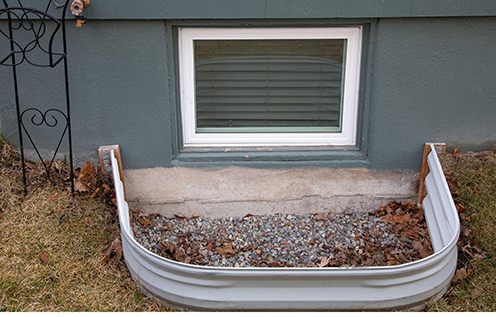
Foundation vents play a crucial role in maintaining air circulation under homes with crawl spaces. They help prevent moisture buildup, reduce the risk of mold, and improve the overall health of your home’s structure. But when it’s time to pressure wash your siding, foundation, or nearby walkways, those vents can become vulnerable entry points for water, debris, and cleaning chemicals.
So how do you clean around them without accidentally soaking your crawl space? Let’s break it down. 👇
🧠 Why Foundation Vents Are Vulnerable
Foundation vents are usually made of plastic, metal, or screen mesh, and while they’re designed for airflow, they aren’t watertight. A pressure washer operating at 1500–3000 PSI can easily:
- Force water through the screens
- Knock off vent covers
- Push dirt and grime into the crawl space
- Soak insulation or wood framing under your home
Once water gets in, it can lead to mold, rot, or mildew — and that’s the opposite of what you want when trying to clean your home’s exterior. 🦠🚫
🛡️ Step-by-Step: How to Protect Foundation Vents When Pressure Washing
1. Cover the Vents with Waterproof Material
Before you start washing, cover each vent with a durable waterproof barrier like:
- Heavy-duty plastic sheeting or trash bags
- Thick tarp cutouts
- Painter’s plastic wrap (taped down)
Use duct tape or painter’s tape to seal the edges tightly to the surrounding wall. Make sure no gaps are left open where water could sneak through.
2. Add a Foam or Towel Buffer Inside the Vent
As an added layer of protection, place a rolled towel or foam insert just behind the vent screen (from the inside if accessible). This absorbs any water that gets through and prevents it from hitting sensitive surfaces directly.
3. Spray at an Angle and Keep Your Distance 🔁
Never spray directly into a vent or perpendicular to it. Always aim your pressure washer at a downward angle and at least 2 feet away from the vent cover. This reduces the force of the water hitting the screen.
💡 Pro Tip: Walk parallel to the wall and sweep side to side so your spray glances off the wall rather than hitting it head-on.
4. Use a Lower Pressure Setting Near Vents
Switch to a 25° or 40° nozzle and reduce your washer’s pressure if possible when spraying around vents. Avoid turbo nozzles or 0° tips in these areas.
5. Use a Brush for Delicate Cleaning
For really tight areas near foundation vents, skip the washer altogether and use:
- A long-handled scrub brush
- A bucket of soapy water or house wash solution
- A quick rinse with a garden hose afterward
Manual cleaning gives you more control and avoids the risk of water intrusion.
6. Remove the Covers (Optional, With Caution)
If the vents are removable and you’re confident in sealing the opening behind them, take off the vent covers before washing and replace them afterward. This allows you to wash the wall more thoroughly and clean the vents separately.
⚠️ Only do this if you can safely and securely seal the opening behind the vent during cleaning.
Browse Amazon Here For Top Rated Power Washers And Accessories
🧽 After Washing: Check for Moisture or Leaks
Once you’ve finished pressure washing:
- Remove all plastic coverings carefully
- Inspect the crawl space if accessible
- Look for any signs of water intrusion
- Dry off the vent screens and reinstall if necessary
💡 Additional Tips for Long-Term Protection
- Install vent shields or hoods that deflect water naturally
- Consider upgrading to louvered or baffled vents
- Regularly clean out leaves or dirt that collect around vents
- Inspect caulking or mortar joints around vent openings
🏁 Final Thoughts
When done properly, pressure washing around foundation vents doesn’t have to be risky. With some basic prep work and smart spray techniques, you can keep your crawl space dry while giving your home the refresh it needs. 🧼💦
A little extra care goes a long way in protecting the unseen parts of your home — especially when high-pressure water is involved. 🏡🛡️🌊
Browse Amazon Here For Top Rated Power Washers And Accessories






